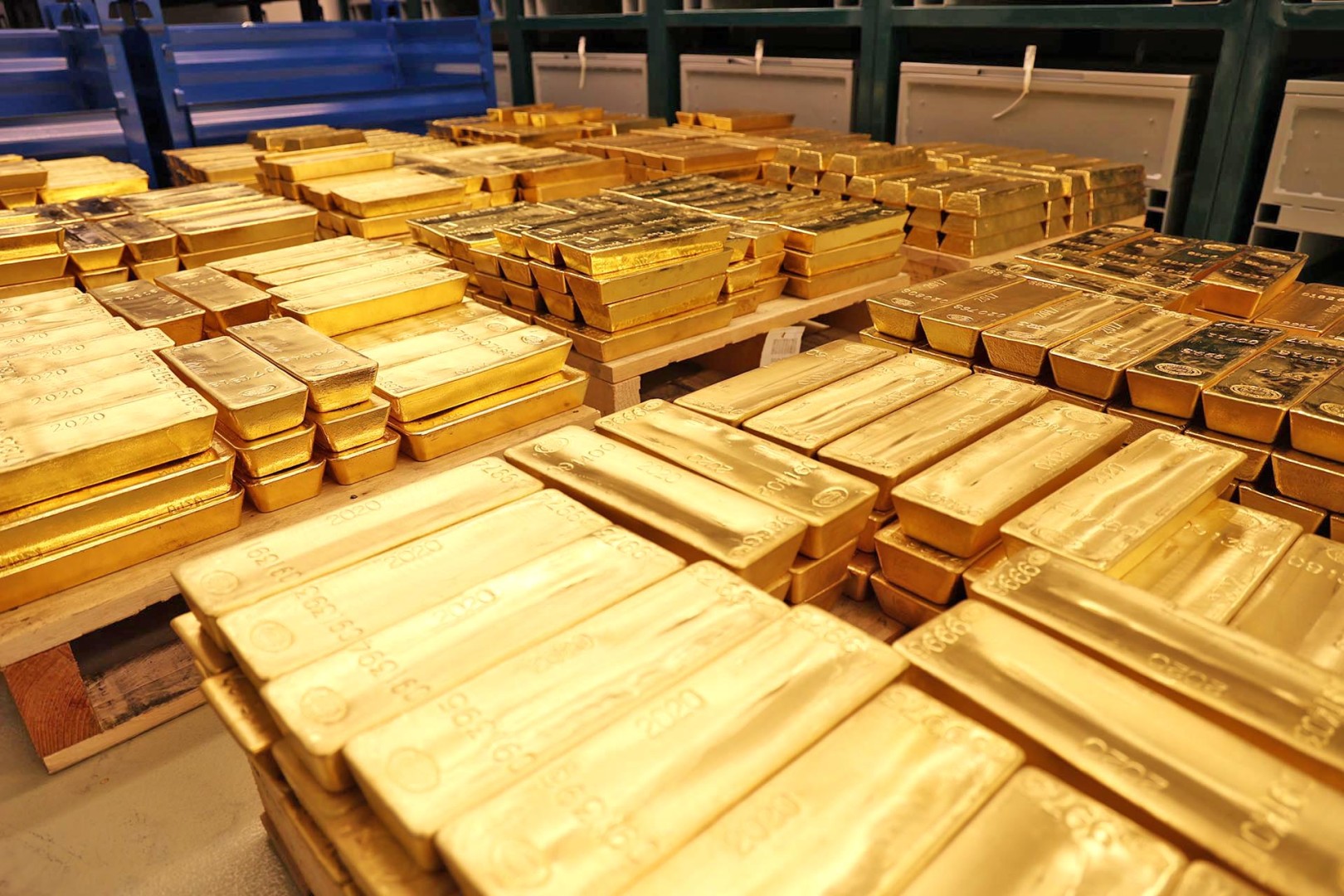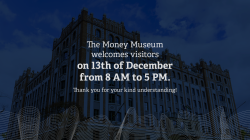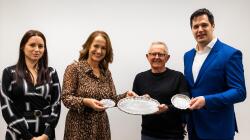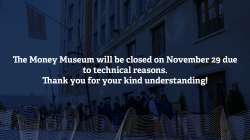Our new, temporary exhibition may be small, but it makes up for it in atmosphere, since it commemorates the Postal Palace of Buda. Perhaps few people know that at the beginning of the century there was a brick kiln and a relatively deep mining lake on the site of the always pulsating transport hub, Széll Kálmán Square and its surroundings, which gave the inhabitants of the area the opportunity to ice skate and play other sports. However, the First World War could even upend the image of this part of the city.
After Trianon, the country's recovery required smooth communication between people. In order to achieve this goal, the need arose to build a modern postal and telephone network. Exactly 100 years ago, the General Directorate of the Hungarian Royal Post and Telegraph Company purchased the plot bordered by Krisztina boulevard, Várfok street and Vérmező road to build their third building of telephone exchange and post administration in Buda. The rest is history that may be of interest to those who are receptive to urbanism.
The exhibition begins the exploration of the building from its origins on the drawing board. There’s information about Gyula Sándy, the designer, about the years of construction, and presents the everyday life that took place within its walls. The damages suffered during the building’s existence are shown, as well as how the building became an office building again only a few years after becoming the property of the Central Bank of Hungary. During the renovation, the renovators made sure not to violate the basic values laid down by Sándy.
The exhibition can be visited in the Money Museum as part of the Way of Money exhibition, but also independently every day of the week except Tuesday.

Ticket information
Related content
Thank you for your kind understanding!
The success of the HUNOR Program is now on display in the exhibition space
The Tarnay family brought silver bowls
Thank you for your kind understanding!
Thank you for your kind understanding!
The success of the HUNOR Program is now on display in the exhibition space
The Tarnay family brought silver bowls
Thank you for your kind understanding!



